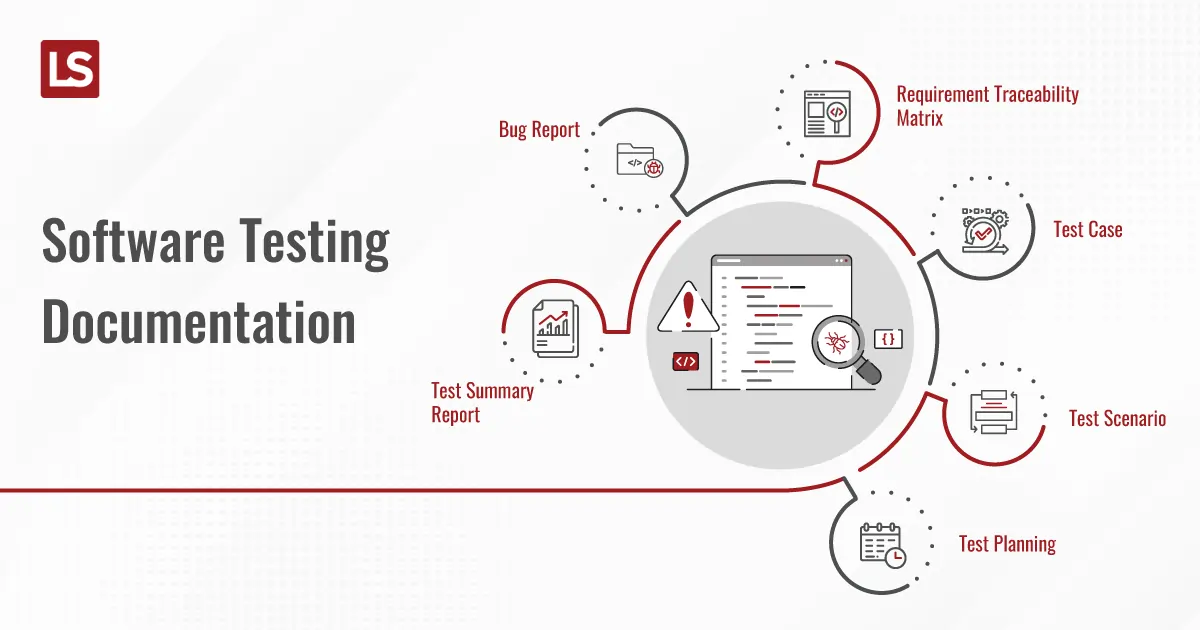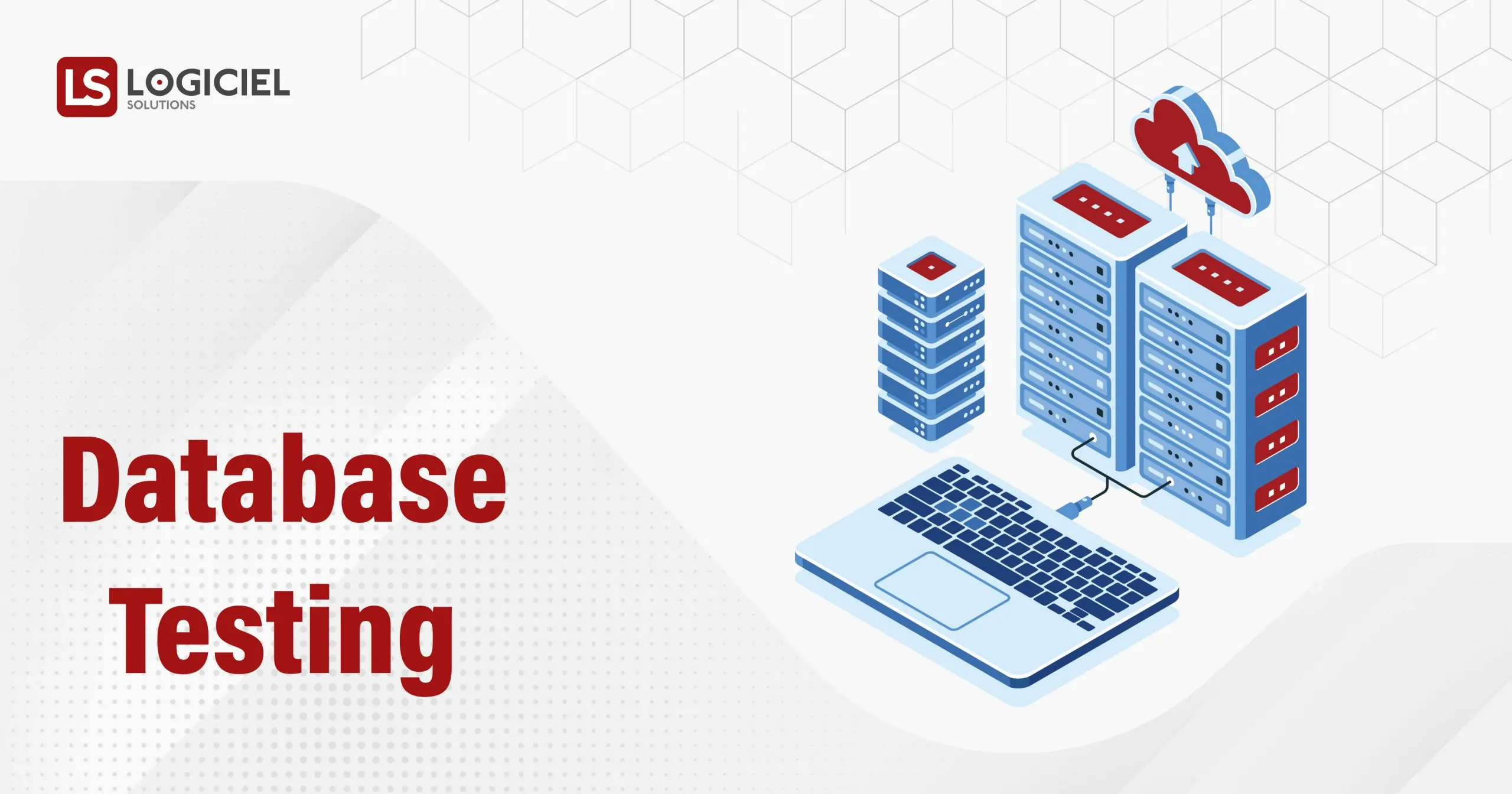In the ever-evolving landscape of software development, Agile methodology has emerged as a cornerstone for creating efficient, high-quality software. When it comes to Software as a Service (SaaS) products, Agile software testing documentation is not just beneficial; it’s imperative. This article delves into the significance of Agile methodology in software testing documentation for SaaS products and provides insights into how it can be leveraged to optimize your development process.
Software testing’s fundamental components are data management and storage. It’s crucial to record bugs, keep track of test cases and potential stakeholders, and keep in mind best practices. The quantity of repeated work will be reduced if the team maintains thorough documentation of each testing activity. All-document projects have a high level of maturity. Careful documentation can help the company save time, money, and resources. Before commencing the test execution procedure, each test engineer creates the essential reference document. The entire test execution procedure depends on the test document once it is prepared. Writing a test document’s primary goal is to lessen or get rid of any lingering questions about testing procedures.
Documentation for Software Testing: What Is It?
Software testing is an essential component of the Software Development Life Cycle (SDLC) model. Products that must be developed during the testing process require a proper plan and subsequent documentation for improved testing and redevelopment. All files including details about the testing team’s strategy, development, metrics, and outcomes are considered test documentation. The synthesis of all accessible data is used to monitor upcoming project requirements, manage test coverage, and quantify testing efforts.
Why is Agile Software Testing Documentation Necessary?
Agile methodology promotes a collaborative and iterative approach to software development, making it highly compatible with SaaS product development. Here’s why Agile software testing documentation is crucial in this context:
1. Flexibility
SaaS products often require frequent updates and enhancements. Agile allows teams to adapt to changing requirements swiftly. This flexibility extends to testing documentation, ensuring that it remains relevant throughout the development cycle.
2. Continuous Improvement
Agile encourages regular feedback and continuous improvement. By documenting the testing process, teams can identify bottlenecks, bugs, and areas for enhancement, leading to a more refined SaaS product.
3. Efficient Communication
Clear and concise documentation in Agile facilitates effective communication among cross-functional teams. This transparency ensures that everyone is on the same page regarding testing goals, timelines, and progress.
4. Reduced Risk
Agile’s incremental approach to development reduces the risk of late-stage failures. Comprehensive testing documentation ensures that issues are identified and addressed early in the development cycle, minimizing potential setbacks.
5. Customer-Centricity
SaaS products thrive on user satisfaction. Agile’s customer-centric approach emphasizes delivering value to users. Testing documentation helps in aligning testing efforts with customer needs and expectations.
One may imagine that testing involves randomly running different sections of code and evaluating the outcomes. However, in real time scenario, testing is a highly formal and meticulously documented activity. Planning, reviewing, and carrying out testing is made simple and verifiable by test documentation. The sole essential component that can enable and improve testing accuracy inside an organization is proper documentation.
The documentation for a project facilitates and organizes the testing process while also saving the SaaS company’s time and money.
The success and effectiveness of a software product heavily depend on its documentation. The quality of software or SaaS applications is impacted by poor testing documentation.
Types of Testing Documentation
1. Test Planning
It is prepared by managers or test leads and It includes all data related to testing activities. The test plan includes the following:
- Objectives
- Scope
- Approach
- Test methodology
- Templates
- Test environments
- Entry and exit criteria
- Test deliverable
- Risk Analysis
- Roles & responsibilities
- Effort estimation
- Defect tracking
- Assumptions
2. Test Scenario
Test scenario is a process that lets you explore the multiple ways to go on with testing documentation. The goal of scenario testing is to evaluate complete scenarios for a particular challenging software problem. Scenarios make it simpler to test and assess complex end-to-end challenges.
3. Test Case
These documents include step-by-step instructions, thorough conditions, and the most recent inputs for a testing task. Depending on the testing methodology, test cases might be functional, UI, physical, logical, etc. Test cases assess whether or not the technology can be delivered by comparing the resources that are now available and the situation with the expected results.
4. Requirement Traceability Matrix (RTM)
The requirements of the test cases are mapped in this software testing documentation. Each entry has a unique ID, which team members and stakeholders may use to search for any entry and see its progress.
5. Bug Report
We keep a list of all the bugs that appeared during the testing process in a document called a bug report. This is a key document for both developers and test engineers since they can easily track defects, report the bug, alter the status of faults that are repaired successfully, and also prevent their repetition in subsequent processes with the aid of bug reports.
6. Test Summary Report
It is the document that test leads create following the successful completion of the testing execution process. The test summary report, which includes data on the modules, the number of performed written test cases, pass rates, and fail rates, defines the product’s consistency. Additionally, a separate spreadsheet is available for each module.
Software Testing Document
| Level | Goals | Key Values |
| Test Planning | ||
| Sprint/Release | To define objective, scope, and approach to testing for a module |
|
| Test Scenario | ||
| Feature | To specify a sequence of actions for the execution of a test |
|
| Test Case | ||
| Feature | To illustrate conditions to verify the expected result of tested feature |
|
| Requirement Traceability Matrix (RTM) | ||
| Sprint/Release | To define mapping of requirement of features to the test cases |
|
| Bug Report | ||
| Sprint/Release | To define any flaw that can cause the component or system to fail |
|
| Test Summary Report | ||
| Sprint/Release | To evaluate testing activities and results |
|
Implementing Agile Software Testing Documentation
To harness the power of Agile methodology in software testing documentation for your SaaS product, consider the following steps:
1. User Stories and Acceptance Criteria
Begin by defining clear user stories and acceptance criteria. This forms the basis for your testing documentation, ensuring that testing efforts are aligned with user expectations.
2. Test Planning
Create a comprehensive test plan that outlines the scope, objectives, and resources required for testing. This plan should be adaptable to accommodate changes during development.
3. Test Execution
Execute tests in parallel with development sprints. Regularly update your testing documentation to reflect the evolving nature of the SaaS product.
4. Feedback Loop
Maintain open channels of communication with development and product teams. Use Agile ceremonies like sprint reviews and retrospectives to gather feedback and improve your testing documentation.
5. Automation
Embrace test automation to expedite repetitive testing processes. Document automated test cases and integrate them into your Agile workflow for efficiency.
6. Documentation Updates
Continuously update your testing documentation to reflect changes in the SaaS product. Ensure that it remains a living document that accurately represents the testing status and goals.
Advantages of Agile Software Testing Documentation
1. Interchangeability among team members
The software testing team would have to re-learn the functionality and become familiar with the environment if there were no records. The team can quickly review the important details of the project by referring to old files, though, assuming they retained documentation after their initial testing phase.
2. Collaboration among team members internally
The team’s ability to complete tasks as per deadline and workload would be transparent to business owners, who can also assess the solidity of the product at any moment.
3. Increases the project’s acceptance/quality
When the final product version has “passed” evaluation, the team members can set the requirements for the final product edition.
4. Increases employee onboarding speed
All information is available in a single database, therefore there is no need to appoint a particular mentor who would discuss project facts with a new tester.
5. Delivers remarks on the planning cycle
To avoid miscommunication during the latter testing phases, the team authorizes defined plans early on. Furthermore, software testing removes any doubt from the task distribution process.
6. Time-saving process
Software testing helps to save time to handle further glitches. It depicts the hurdles of software and its other components on a prior basis to avoid major challenges.
7. Project scope understanding
As test documentation incorporates project risks and contingencies, it aids in a better understanding of the project scope.
What Are The Drawbacks Of Software Testing Documentation?
- Maintenance of the customer-provided modifications and the concurrent update in the document makes it a little laborious.
- If the test documentation is inadequate, the application’s quality will be affected.
- At times, testing documentation costs heavier to the testers as it includes multiple refinery levels that consume higher amounts of time and money.
Software Testing Documentation In A Nutshell
Software testing documentation is a non-avoidable process while working on any software/SaaS project. If software testing documentation is not done properly, it may lead to flaws in your software project execution.
In conclusion, Agile software testing documentation is a vital component of developing SaaS products that meet user needs and maintain a competitive edge. By adopting Agile methodology and following best practices in testing documentation, you can streamline your software development process, reduce risks, and ultimately deliver a superior SaaS product that stands out in the market.




